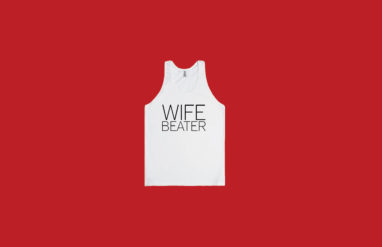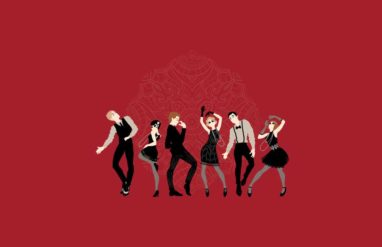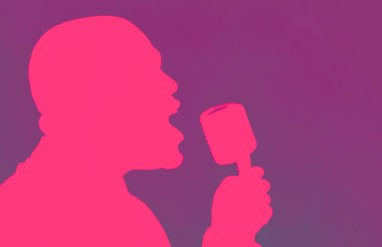Hipsters have become simultaneous objects of ridicule and desire, associated with the new and in vogue, and also with an absurd form of consumerism. Why do we call them hipsters, and how did this word, born of jazz music in the early 1930s, make the transition to describe young men in skinny pants and classes on how to properly sharpen a pencil?
The earliest uses of hipster are often mixed with a very similar word, the hepster. Hepster began appearing in the late 1930s, and primarily referred to a person who is knowledgeable about or interested in jazz. Although the word was likely in spoken use before this, we can see it used in print as early as June 8, 1938, when Variety magazine published an article about Cab Calloway’s new book, which was referred to both as a Cat-ologue and a hepster’s dictionary.
Later that year an article in the New York Amsterdam News referred to “Cab Calloway’s Hipster’s dictionary,” although this was likely a typo, as the book in question did not have the word hipster in its title. By 1939 hipster was being used on its own, as seen in the African-American newspaper, The New York Age: “J. R. and G. G. at the party were coming on stronger than most hipsters…”
Part of the reason that hipster and hepster were interchangeable at the time is that they come from near-synonyms, hep and hip. Each of these words, which mean “in-the-know” or “knowledgeable,” were in use since the beginning of the 20th century (hep since 1907, and hip since 1904).
Oddly enough, there was another sense of hipster that predated all of this. The word was used in the early 1930s to describe a dancer (the hip portion of the word referenced the movement of a person’s hips, rather than their cultural acumen). Josephine Baker was referred to as “Harlem’s banana-shaking hipster” in the Baltimore Afro-American in 1932, and in 1935 this publication wrote of dancer Willa Mae Lane as a “pretty hipster.”
In 1957 Norman Mailer published “The White Negro: Superficial Reflections on the Hipster,” an essay on the adoption of black culture by white people. Whether the popularity of this piece shifted the meaning of the word is open to debate, but at this time hipster begins to be used considerably more often. Some have speculated that hipster transitioned throughout the 1950s and 1960s to become hippie.
In any event, the hipster never really went away, although use of the word waned. But hipster then experienced a resurgence at the dawn of the millennium, and beginning in the 21st century has become a sort of shorthand for ostentatiously fashionable youths. It is not entirely clear why, once it became common to refer to the folk with creative facial hair as hipsters, the word took on such a negative meaning. It seems to be an immutable truth that each new generation finds their elders to be unbearably stodgy, and each older generation finds their successors to be unreasonably self-absorbed. Perhaps the connotations of hipster are just a convenient way of expressing this.














